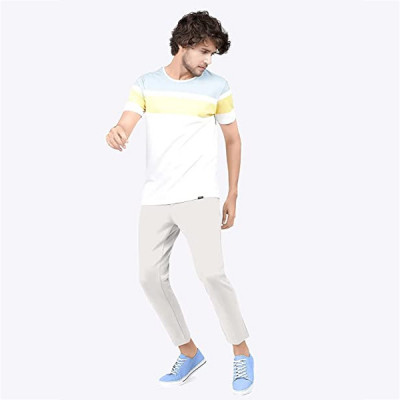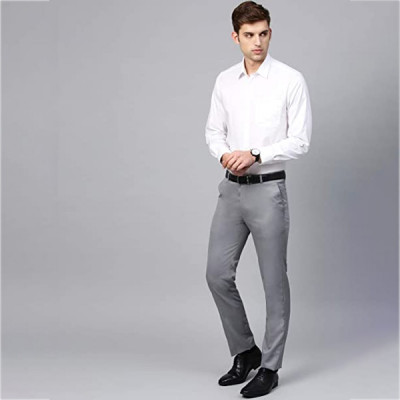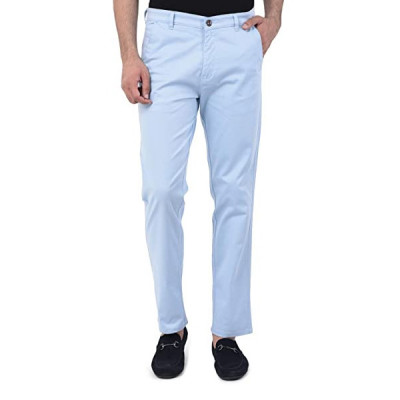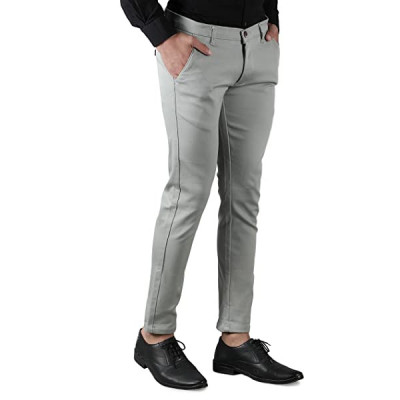Fashion and Lifestyle
Embracing Eco-Friendly Fashion: A Guide to Sustainable Style

In recent years, the fashion industry has seen a significant shift towards sustainability and ethical practices. As consumers become more conscious of the environmental and social impact of their purchases, the demand for eco-friendly fashion has surged. From sustainable brands to innovative materials, there are many ways to embrace a more sustainable approach to style.
- The Rise of Sustainable Fashion
The fashion industry is one of the largest contributors to environmental pollution and waste. From textile production to garment manufacturing and distribution, every step of the fashion supply chain has the potential to harm the planet. However, a growing number of fashion brands are taking steps to minimize their environmental footprint and promote ethical practices.
- Sustainable Brands Leading the Way
One of the key aspects of eco-friendly fashion is supporting brands that prioritize sustainability and ethical production. Many sustainable brands are committed to using eco-friendly materials, reducing waste, and ensuring fair labor practices. By choosing to support these brands, consumers can vote with their wallets and drive positive change in the industry.
- Tips for Shopping Ethically
Shopping ethically doesn't have to be complicated. Here are some tips to help you make more sustainable fashion choices:
Research Brands: Take the time to research brands and their sustainability practices before making a purchase. Look for certifications such as Fair Trade or GOTS (Global Organic Textile Standard) to ensure that the brand meets certain environmental and social standards.
Choose Quality Over Quantity: Invest in high-quality pieces that are made to last. Quality clothing lasts longer, reducing the need for frequent replacements and ultimately reducing waste.
Opt for Natural and Eco-Friendly Materials: Look for clothing made from natural and eco-friendly materials such as organic cotton, hemp, bamboo, and Tencel. These materials have a lower environmental impact compared to conventional fabrics like polyester and nylon.
Shop Secondhand: Embrace the thrifting trend and explore secondhand and vintage stores. Shopping secondhand is not only budget-friendly but also reduces the demand for new clothing and helps divert textiles from landfills.
Care for Your Clothes: Extend the life of your clothing by following proper care instructions. Wash clothes in cold water, air dry when possible, and avoid overwashing and dry cleaning.
- Conclusion
As consumers, we have the power to drive change in the fashion industry by making more sustainable and ethical choices. By supporting eco-friendly brands, choosing quality over quantity, and embracing secondhand shopping, we can all play a part in creating a more sustainable future for fashion. Let's embrace eco-friendly fashion and make conscious choices that benefit both the planet and the people who inhabit it.

 Women
Women
 Bottom Wear
Bottom Wear
 Western Wear
Western Wear
 Maternity Wear
Maternity Wear
 Women's Inners
Women's Inners
 Men's
Men's
 Men Traditional Wear
Men Traditional Wear
 Men Western Wear
Men Western Wear
 Men Inners
Men Inners





